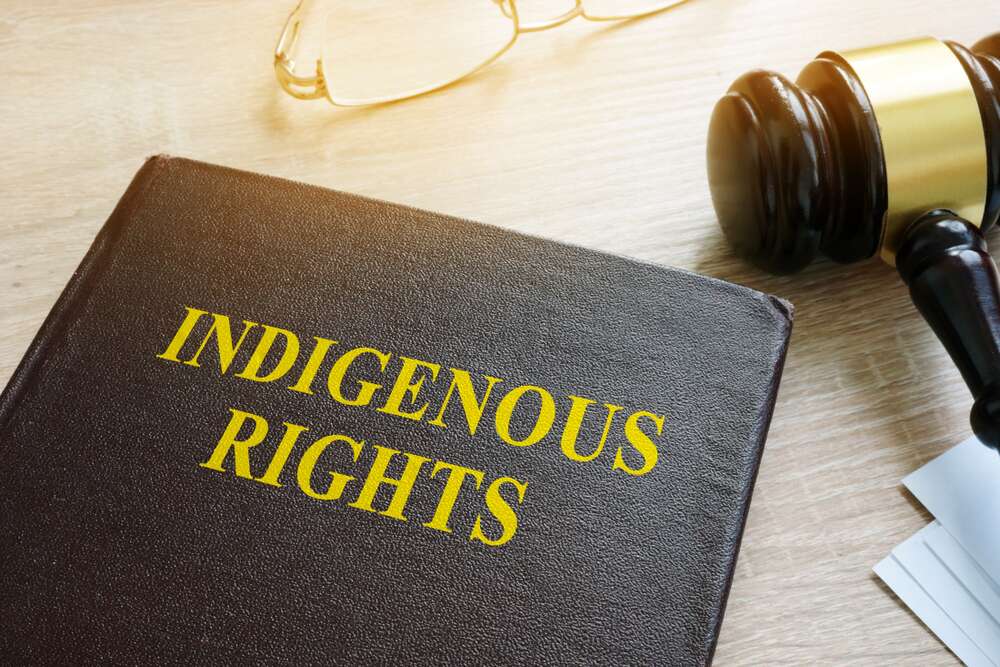The question of when and under what circumstances Indigenous people can hunt for food and cultural purposes outside of their province of residence has been a longstanding source of tension and uncertainty, particularly in Canada’s prairie provinces.
In its recent decision in R. v. Green, the Saskatchewan Court of Appeal highlighted the lack of clarity in the law on this issue. Below, we consider the implications of the decision for Indigenous hunting rights across Canada.
Hunting, Treaties and the Natural Resources Transfer Agreements
In the decades leading up to and following Confederation, the Crown entered into a series of treaties with Indigenous Peoples across most of western Canada, including in the region now known as Saskatchewan. The written English versions of most of the treaties provide that the Indigenous treaty parties have the right to continue to hunt on lands throughout the treaty territory until such lands are “taken up” by the Crown for purposes such as non-Indigenous settlement and resource exploitation.
In the 1930s, Canada entered into a series of agreements (the Natural Resources Transfer Agreements, or NRTAs) which transferred the administration and control of Crown lands and resources from the federal to the provincial governments in Alberta, Manitoba and Saskatchewan.
Paragraph 12 of the Saskatchewan NRTA affirms that Indigenous Peoples in the province possess a right to hunt, trap and fish on all unoccupied Crown lands or on any other lands which they have a right to access. The Alberta and Manitoba NRTAs contain similar provisions.
Today, treaty hunting rights are recognized and protected pursuant to section 35(1) of the Constitution Act, 1982. Courts have further held that the NRTAs are constitutional documents which must be interpreted in light of the Crown’s relationship with and obligations to Indigenous Peoples. For further background on treaties and the NRTAs, see our previous blog post on the Green decision.

The Green Litigation
In 2018 Blair Hill and Albert Green, both from the Six Nations First Nation in Ontario, were charged with unlawful hunting in a provincial park in Saskatchewan.
The trial judge held that Mr. Hill and Mr. Green should be acquitted of the charges because they were exercising a constitutionally protected right to hunt under paragraph 12 of the Saskatchewan NRTA, notwithstanding the fact that both men resided outside the province.
On appeal at the Saskatchewan Court of Queen’s Bench, the Court reversed the trial decision and held that paragraph 12 of the NRTA applies only to Indigenous people who hold rights under the numbered treaties which apply to lands within Saskatchewan. Mr. Hill and Mr. Green appealed to the Saskatchewan Court of Appeal.
What the Court Said
The Saskatchewan Court of Appeal allowed the appeal and set aside the convictions of Mr. Hill and Mr. Green.
The Court held that the question of whether the NRTA provides that all Indigenous people have a right to hunt on unoccupied lands in Saskatchewan, regardless of their province of residence, is an important constitutional issue that will affect Indigenous people residing within and outside the province.
However, the Court held that it was unable to determine the issue based on the evidentiary record before it and ordered that a trial be held with additional historical evidence regarding the negotiation and purpose of the NRTA.

Why It Matters
The Court of Appeal decision affirms that the question of whether the hunting rights set out in the NRTA apply to all Indigenous people, or only those who hold rights under numbered treaties in Saskatchewan, is an issue of significant public importance which must be clarified by the courts.
Rather than resolving the issue, the decision in Green leaves Indigenous people seeking to hunt outside their province of residence in a legal grey area. The ongoing lack of clarity in the law has the potential to foment further uncertainty and conflict regarding Indigenous Peoples’ right to hunt, particularly in provinces which are already grappling with the effects of racism and the Crown’s ongoing failure to honour and uphold its treaty promises.
At the same time, the decision also opens the door for a more robust interpretation of Indigenous hunting rights which takes into account the historical and cultural circumstances which underlie the issues in the litigation. As the Supreme Court of Canada has confirmed, constitutional issues cannot be determined in a vacuum. Based on the direction of the Court of Appeal, the eventual second trial decision in Green could result in a more meaningful understanding of Indigenous Peoples’ rights based on a full evidentiary record.
Looking Ahead
Too often, the rights of Indigenous Peoples have been determined by Canadian courts in the absence of a proper understanding of both the underlying historical facts and the perspectives of the Indigenous Peoples whose rights are at issue.
In some jurisdictions there are signs that this approach is shifting. In recent litigation in Ontario, for example, the Court heard extensive historical evidence as well as evidence from both Anishinaabe and Euro-Canadian witnesses, including experts, Elders and Chiefs, regarding the Crown’s obligations to increase annuity payments to the Indigenous beneficiaries of the Robinson Huron and Robinson Superior Treaties. The Court emphasized that the evidence of the Anishinaabe and Euro-Canadian perspectives were to be treated equally, and that evidence regarding the treaty parties’ understandings and intentions would not be discounted merely because it came from an unconventional source.
The Court of Appeal’s decision in Green suggests a similar shift may be at least partially underway in Saskatchewan. On the one hand, the Court’s emphasis on the need for historical evidence is an important step towards ensuring the interpretation of the NRTA is informed by the historical circumstances in which it was negotiated. At the same time, however, the Court fails to highlight the importance of including evidence regarding Indigenous Peoples’ understandings of the rights guaranteed pursuant to the numbered treaties and affirmed by the NRTA.
As a result, there is still a risk that the issues in Green will be decided without adequate consideration of the Indigenous perspective.
Going forward, it will be for both the parties and the trial judge to ensure that such evidence is included and given weight if the Green litigation is to both clarify the law and advance reconciliation.

First Peoples Law LLP is a law firm dedicated to defending and advancing the rights of Indigenous Peoples. We work exclusively with Indigenous Peoples to defend their inherent and constitutionally protected title, rights and Treaty rights, uphold their Indigenous laws and governance and ensure economic prosperity for their current and future generations.
Kate Gunn is partner at First Peoples Law LLP. Kate completed her Master's of Law at the University of British Columbia. Her most recent academic essay, "Agreeing to Share: Treaty 3, History & the Courts," was published in the UBC Law Review.
Connect with Kate on LinkedIn and Twitter
Nisha Sikka is a lawyer at First Peoples Law LLP
Connect with Nisha on LinkedIn
For more First Peoples Law analysis, visit our blog
Sign up for our First Peoples Law Report
